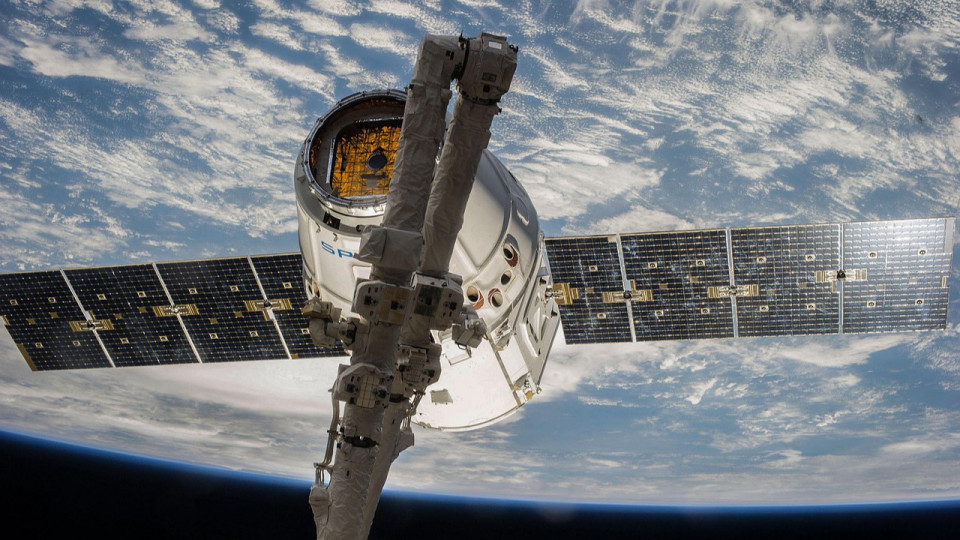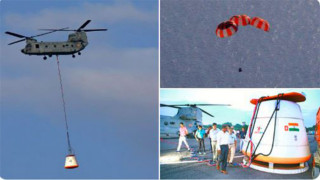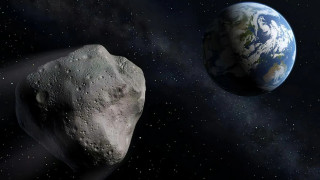
Big Space Update: ISRO-NASA’s NISAR Satellite Set for July 30 Launch (Image Source: Pixabay)
The Indian Space Research Organisation (ISRO) is preparing for a series of important space missions. ISRO Chief Dr. V. Narayanan said that the NASA-ISRO NISAR satellite will be launched on July 30 with the GSLV-F16 rocket.
The NISAR satellite will capture clear, detailed images of Earth in all weather conditions, both day and night, every 12 days. It will scan a wide area of 242 km and help researchers study climate change, natural disasters, and Earth’s surface changes. “We are planning to launch the NASA-ISRO Synthetic Aperture Radar (NISAR) satellite by July 30 through the GSLV-F16 rocket,” said Dr. Narayanan.
The NISAR satellite uses NASA’s L-band radar along with ISRO’s S-band radar. This setup allows it to detect even small changes on the Earth’s surface with great accuracy. The satellite will map the planet regularly and observe major changes like melting glaciers, growing or shrinking vegetation, and earthquake effects.
NISAR’s powerful technology will provide high-resolution data that will be very useful in managing disasters, protecting the environment, and studying how infrastructure is affected by natural events.
Dr. Narayanan also gave an update on the Gaganyaan Mission, India’s plan to send humans into space. Before sending astronauts, ISRO will carry out three test flights without any crew, including a special mission using a humanoid robot.
In December, ISRO will send a robot called Vyommitra into space to check how systems work in space conditions. If this mission goes well, two more similar missions will be carried out next year. The final manned mission is planned for March 2027 after completing all necessary trials.
“We will do three uncrewed missions before launching Gaganyaan. In December, the humanoid mission will send a robot named Vyommitra into space. If everything goes well, two more uncrewed flights will take place next year. Dr. Narayanan said that the Gaganyaan mission, as announced by Prime Minister Modi, is planned to launch in March 2027.
Vyommitra’s name comes from two Sanskrit words: “Vyoma” means space, and “Mitra” means friend. This female-looking robot can monitor systems, give alerts, and control life support operations. She can work with control panels and also answer basic questions.
These efforts show India’s growing strength in space technology, with ISRO leading the way in making the country more self-reliant and aiming for a strong position in global space exploration.













Copyright © 2025 Top Indian News
